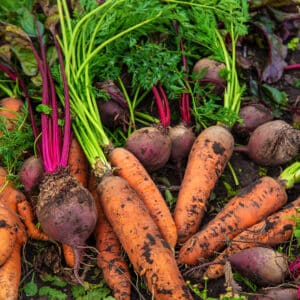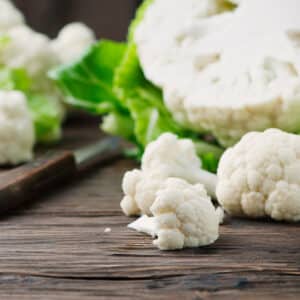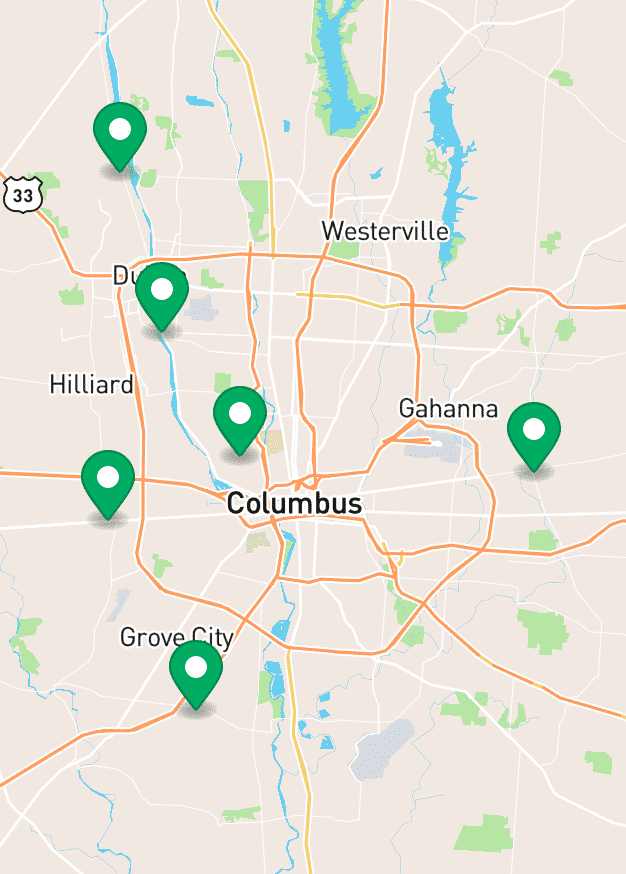Cool Season Vegetables: Planting Tips & Timing
Cool season vegetables are a must-have in every home garden — not just because they bring an early or late harvest, but because they’re often some of the hardiest and most flavorful crops you can grow. With proper timing and a few strategic techniques, you can enjoy a productive garden long before summer tomatoes ripen or well after fall leaves begin to drop.
In this guide, we’ll walk through the best cool season vegetables to grow, including potatoes, onions, cabbage, broccoli, Brussels sprouts, cauliflower, and more. We’ll cover when to plant, how to care for them, and how to make the most of your spring and fall garden seasons.
What Are Cool Season Vegetables?
Cool season vegetables are crops that thrive in lower temperatures, typically growing best when daytime highs are between 55°F and 75°F. They’re either frost-tolerant or cold-hardy, making them ideal for early spring planting or a late summer/fall harvest. Unlike warm-weather plants, these vegetables grow quickly in cooler soil and often have better flavor when exposed to a light frost.
Some of the most popular and reliable cool season crops include:
- Potatoes
- Onions
- Cabbage
- Broccoli
- Brussels sprouts
- Cauliflower
- Carrots
- Spinach
- Lettuce
- Radishes
- Peas
- Beets
- Turnips
- Swiss chard
- Kale
Each of these vegetables has slightly different needs, but they all share a preference for cooler conditions and shorter daylight hours — two things Ohio gardeners can count on in early spring and fall.
When to Plant Cool Season Vegetables
Timing is everything with cool season crops. Most can be planted:
- In early spring, as soon as the soil can be worked — typically mid-to-late March in Central Ohio.
- Again in late summer, usually late July through early September, depending on the crop and your average first frost date.
Crops like spinach, lettuce, radishes, and peas can tolerate light frosts and are perfect for early spring planting. Others, like Brussels sprouts and cauliflower, prefer a longer growing window and do best when planted for a fall harvest.
Check seed packets or plant tags for maturity times, then count backward from your first expected fall frost to know when to plant.
How to Grow Popular Cool Season Crops
Here’s a brief overview of how to grow some of the top-performing cool season vegetables:
Potatoes
- Planting Time: 2–4 weeks before the last frost.
- Method: Plant seed potatoes 4 inches deep and 12 inches apart. Hill soil as the plants grow.
Onions
- Planting Time: Early spring from sets or starts.
- Method: Push into soil just below surface; space 4 inches apart. Keep well-weeded.
Cabbage
- Planting Time: 4–6 weeks before the last frost.
- Method: Transplant seedlings 12–18 inches apart. Water consistently.
Broccoli
- Planting Time: Start indoors and transplant 2–4 weeks before the last frost.
- Method: Space 18 inches apart. Harvest before buds open.
Cauliflower
- Planting Time: Same as broccoli.
- Method: Tie outer leaves over heads when they begin forming to prevent sun discoloration.
Brussels Sprouts
- Planting Time: Spring planting for a fall harvest.
- Method: Allow 90–100 days to maturity. Light frost improves flavor.
Carrots, Beets & Turnips
- Planting Time: Direct sow in early spring or late summer.
- Method: Thin seedlings early for best root development. Water evenly.
Lettuce & Spinach
- Planting Time: As soon as the ground thaws.
- Method: Succession plant every 2 weeks for ongoing harvest.
Peas
- Planting Time: Direct sow as soon as the soil is workable.
- Method: Provide trellising for vining varieties. Pick often to encourage more pods.
Growing Tips for a Successful Cool Season Garden
- Start seeds indoors for crops with longer maturity times.
- Use cold frames, cloches, or row covers to protect seedlings from late frosts or unexpected cold snaps.
- Amend your soil with compost before planting to improve drainage and fertility.
- Water regularly, but avoid overwatering — cool season crops are prone to rot in soggy soil.
- Mulch to conserve moisture and regulate soil temperature.
- Practice crop rotation to reduce disease buildup, especially with brassicas like broccoli and cabbage.
Harvest Early, Plant Again
Many cool season crops allow for multiple plantings throughout the year. Early spring vegetables can be followed by summer crops, while a late-summer planting can carry your harvest well into late fall. Pairing early and late crops is a great way to maximize space and productivity in any size garden.
Whether you’re sowing your first spring radishes or prepping transplants for fall cauliflower, growing cool season vegetables is one of the most rewarding parts of gardening. For high-quality seeds, healthy transplants, and expert advice tailored to our local climate, Strader’s Garden Center is here to help. Stop by your nearest location to get growing — your garden (and your dinner table) will thank you.















